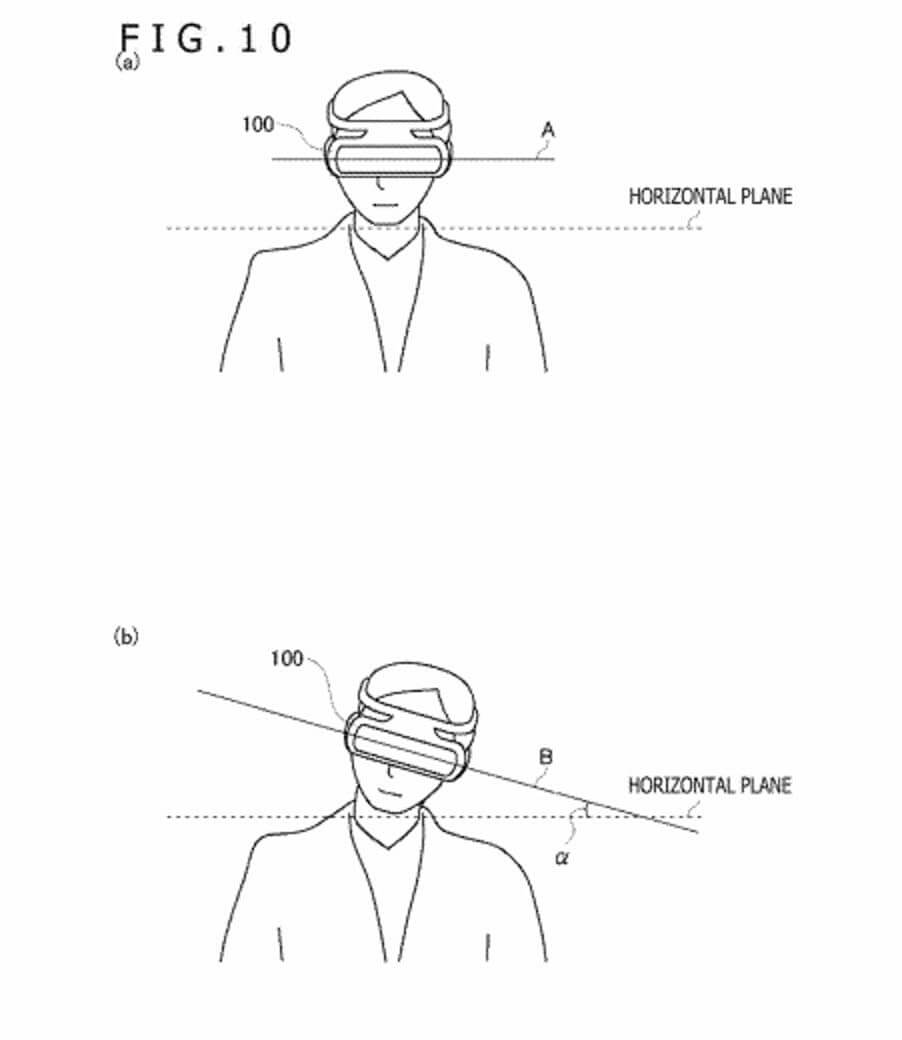Forward-looking: We already know what kind of hardware we’ll see in the PlayStation 5, and if some uncovered patents and trademarks are anything to go by, details of the console’s PSVR headset have also been revealed.

Sony’s PSVR for the PlayStation 4 has been a relative success in the world of virtual reality headsets, having shifted 4.2 million units worldwide as of March 3, 2019. That’s more than the estimated sales of the HTC Vive and Oculus Rift, which, through the end of 2018, have moved 1.3 million and 0.99 million units, respectively.
That means Sony wants to carry its virtual reality endeavors onto the next-generation machine. The current PSVR will work with the PS5, but it seems that the firm is developing a new, more advanced platform to compliment its upcoming console.
Inverse writes that leaked specs suggest the new PSVR will carry a $250 price tag and be completely wireless. The headset will reportedly feature a 2560 x 1440 resolution, 120Hz refresh rate, 220-degree field of view, and work for five hours before needing a recharge. A patent application published by the USPTO, meanwhile, confirms that Sony is working on a headset that can track head position and eye movements.

The headset may also use foveated rendering, which means only the part of an image that a user is looking at gets rendered at a high quality, thereby improving the loading times and the overall experience.
No word on whether the next PSVR will arrive alongside the PS5 or arrive after its launch, which is expected in late 2020, though the latter seems more likely.
https://www.techspot.com/news/80996-ps5-psvr-may-wireless-have-eyehead-tracking-tech.html